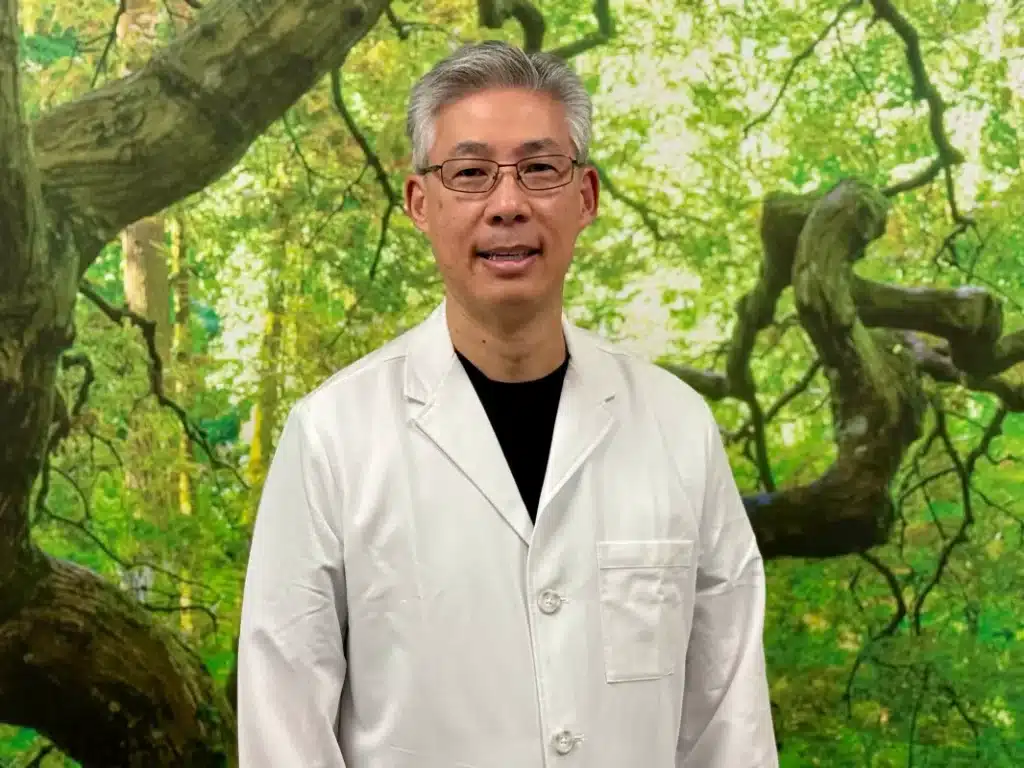Are My Headaches Actually Migraines?
Like most people, you probably think of a headache as just a headache. However, there are different types of headaches, and some can be quite serious.
One of the most severe types of headaches is a migraine. Migraines can be debilitating and, in some cases, lead to a chronic migraine condition.
If you’re not sure if you have a migraine, it’s important to learn the differences between headaches and migraines so you can get the right treatment. Consulting a knowledgeable physician is critical for a proper diagnosis.
In this article, we’ll take an in-depth look at both common headaches and migraines, explore their similarities and differences, and help you discern whether or not you may have a chronic migraine condition.
What Exactly Are Headaches?
The term “headache” is used to describe a wide range of pain that occurs in the head or neck.
Headaches can be caused by many different things, including stress, tension, temporomandibular joint (TMJ) dysfunction, allergies, and even dehydration.
There are several different types of headaches, including tension headaches, sinus headaches, rebound headaches, and migraines.
Let’s take a closer look at these common types of headaches and their symptoms:
Tension headaches: Tension headaches are the most common type of headache. They are usually caused by stress, tension, or muscle strain. Tension headaches are characterized by a dull, aching pain that is usually felt in the forehead, temples, or back of the neck.
Cluster headaches: Cluster headaches are a type of headache that is relatively rare but very painful. They are usually described as a sharp, burning pain that is located around one eye.
Sinus headaches: Sinus headaches are caused by inflammation or infection of the sinuses. They are characterized by a throbbing pain that is usually located in the sinuses, over the eyes, or on the forehead.
Rebound headaches: Rebound headaches are caused by the overuse of pain medications. Rebound headaches a characterized by throbbing or pulsing pain and are usually worse in the morning.
Treatment for Common Headaches
If you are experiencing a headache, the best thing to do is try to identify the cause and treat it accordingly. In many cases, home remedies or over-the-counter medications can provide relief.
Some of the most common treatments for common headaches include:
- Taking ibuprofen or acetaminophen
- Applying a cold compress to the forehead
- Getting plenty of rest
- Drinking fluids
- Avoiding caffeine and alcohol
If these measures don’t provide relief, your doctor may prescribe stronger medications or other treatments.
For example, if you have a sinus headache, your doctor may prescribe antibiotics or decongestants. If you have a rebound headache, your doctor may prescribe alternative pain medication or recommend discontinuing over-the-counter medications.
Next, we’ll take a closer look at migraines and how they differ from common headaches.
What Exactly Are Migraines?
Migraines are a type of headache that is characterized by severe pain, throbbing, and pulsing. They can be accompanied by other symptoms, such as nausea, vomiting, and sensitivity to light and sound.
Migraines can be caused by many different things, including stress, dietary triggers, hormonal changes, weather changes, and even exposure to bright lights or loud noises.
Types of Migraines
There are several different types of migraines, including:
Migraine with aura: This type of migraine is characterized by a visual disturbance called an aura. An aura is a set of symptoms, such as flashes of light or zigzag lines that occur before the migraine begins.
Migraine without aura: This is the most common type of migraine, affecting at least 70%-90% of migraine sufferers. It is characterized by severe pain and other symptoms, such as nausea and vomiting.
Basilar artery migraine: This migraine is caused by a problem with the basilar artery, a major artery in the brain. It is characterized by various symptoms, including vertigo, double vision, and difficulty speaking.
Hemiplegic migraine: This type of migraine is caused by a problem with the blood vessels in the brain. It is characterized by muscle weakness on one side of the body.
Ocular migraine: This type of migraine is characterized by visual disturbances, such as flashing lights or spots.
What Causes a Chronic Migraine Condition?
It is not always clear what causes a chronic migraine condition. However, it is believed that several factors may contribute to the development of migraines, including:
Genetics: Some people may be more likely to develop migraines due to their genetics.
Hormonal changes: Many women experience migraines around the time of their menstrual period.
Stress: Stress can trigger migraines in some people.
Dietary triggers: Certain foods, such as chocolate, nuts, and aged cheese, can trigger migraines in some people.
Environmental triggers: Weather changes, bright lights, and loud noises can all trigger migraines in some people.
How Is a Chronic Migraine Condition Treated?
There is no one-size-fits-all treatment for chronic migraines. However, several treatments may be effective for some people. These treatments include:
Medications: Some people may need to take medications regularly to prevent migraines. Medications can include over-the-counter pain medications, prescription pain medications, and preventive medications.
Botox: Botox is a medication injected into the head and neck muscles. It is used to prevent headaches in some people.
Ketamine therapy: Ketamine therapy is a revolutionary new treatment option showing promising results for people with chronic migraines. Ketamine therapy is a type of medication that is administered intravenously. It works by blocking the nerve signals responsible for pain via the brain’s NMDA receptor.
Find Relief for Your Migraines at Scottsdale Ketamine Therapy Clinic
If you are struggling with migraines, don’t suffer in silence. Scottsdale Ketamine Therapy Clinic can help!
Our team of expert providers is dedicated to helping you find relief from your pain. We offer a variety of treatment options, including ketamine therapy, that can help you get your life back on track.
Contact us today to schedule a consultation and find out how we can help you!

